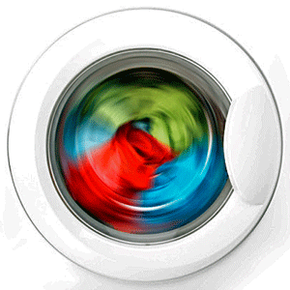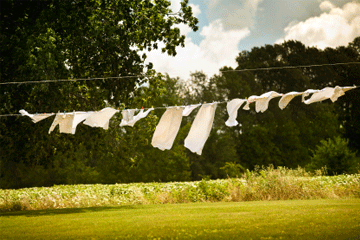Keeping up with the laundry can seem like an endless cycle, but at least you get clean clothes to show for all your hard work, right? Unfortunately, if one red shirt is mixed in with your load of whites, you may wind up with a pile of rose-tinted socks. Although just about everyone has laundry on their to-do list, many do not know how to wash colored clothes without risking such a mess.
Even separating whites from colors is no guarantee of success — dyes from darker clothes can bleed onto lighter ones, leaving garments looking dirty and faded. So how can we ensure that a trip through the wash won't leave our clothes looking worse than ever? The answer doesn't lie in what type of laundry detergent or wash cycle you choose. Vinegar won't help you either.
Advertisement
In this article, we'll explain how selecting the right colored garments and the right water temperature makes all the difference in salvaging your laundry load from color bleeding.



